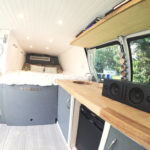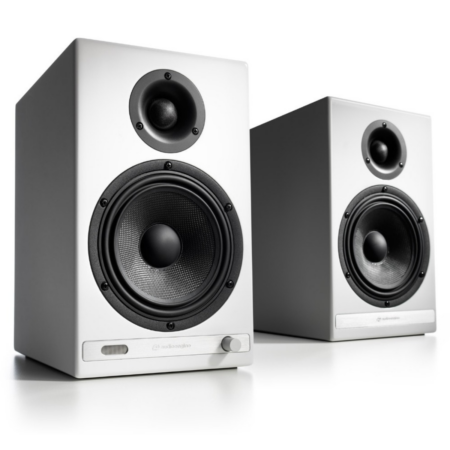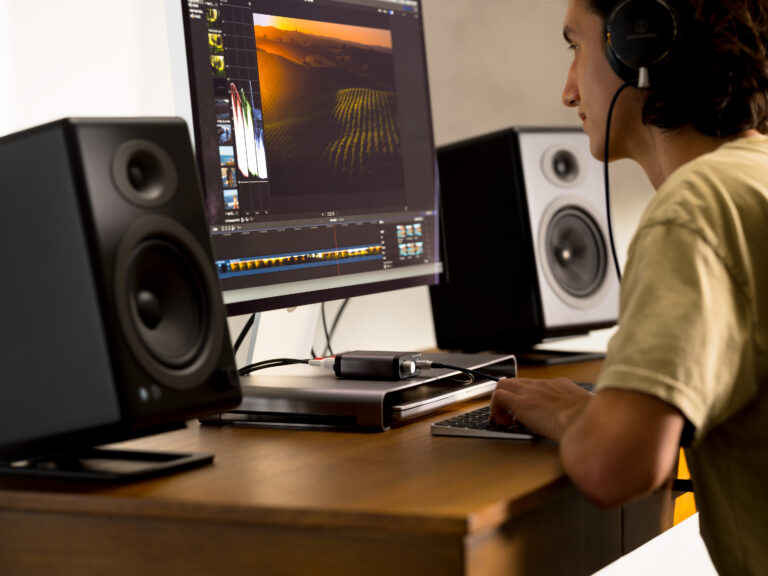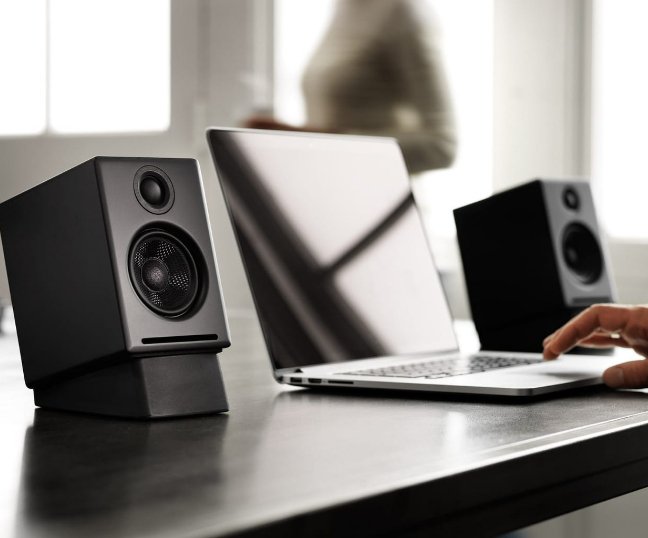
Two Speakers are Better than One
These days it seems most consumer electronics companies are releasing single speakers. Most of these systems have multiple speakers housed in the same enclosure - along with massive amounts of digital signal processing - but nevertheless the sound is all emanating primarily from the same point. Don’t get us wrong, the ability to reproduce decent quality sound from a single speaker housing is impressive (and we’ve done it as well) but it’s just that we generally prefer real “stereo” sound to come from two separate speakers where the imaging and soundstage is noticeably better.
First, let’s go over how music is created and captured.
Sound, by nature, is three-dimensional, and is affected by literally everything it encounters.
When you go to see a live music performance, the sound isn’t coming from one single direction; the band is spread out across the stage, their instruments are spread even further, and the PA speakers through which all that sound is being pushed are spread EVEN FURTHER; not to mention reflections of that sound hitting the ground, or ceiling, or back wall of the venue. This is what makes live performances so impactful and inspiring; there is sound coming at you from every direction. Not only that, but your ears are so dynamic that they perceive all of these different directions and even the slightest turn of your head can change how the sound is perceived. Imagine how the very same performance would sound if the band were stacked on top of one another, their gear was all in the same spot, and the PA speakers were smack-dab in the middle of the stage… where would the life be?
Now in order for us to be sitting and listening to music on our stereo systems, that music must first be recorded.
So we have all of this lively, three-dimensional sound, filling up a room and being captured by microphones.
Often times, sounds are captured with multiple microphones placed strategically throughout a room. Not only that, but many times engineers will choose to use multi-directional or omnidirectional microphones; these are microphones which actually capture sound from multiple directions, almost like a pair of human ears would. And when it comes to digital instruments, you would be hard-pressed to find a synthesizer or drum machine that wasn’t designed with stereo outputs. Instruments of that nature are typically recorded in stereo with the intention of having sound pan from speaker to speaker — this is an effect whose charisma is dampened when sound doesn’t have space from one speaker to another.
Lastly, after all this music is performed and captured in the studio, it must be mixed and mastered before it gets into our music collection.
Mixing and mastering are art forms carried out by industry professionals who are responsible for perfecting the EQ, timbre, volume level, and panning of every single sound you hear on all of your favorite recordings. Hours upon hours are dedicated to these processes, all with the intention of giving the final listener the best possible experience and all of this is usually done while sitting in front of TWO speakers… and granted, those two speakers typically cost more than a Honda Civic.
The goal for Audioengine has always been to bring the liveliness and quality of studio monitors into your home without breaking the bank. Yes, there are some great systems out there that only have one speaker and claim to give just as high quality stereo sound as the next product.
But the simple fact is, most your music was designed from the ground up to be heard from two separate speakers. It has been this way for decades and hasn’t failed the world yet.








